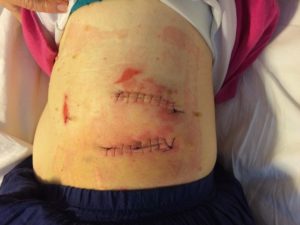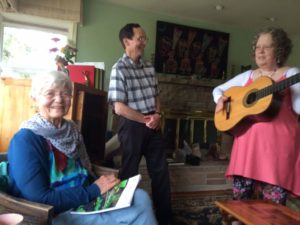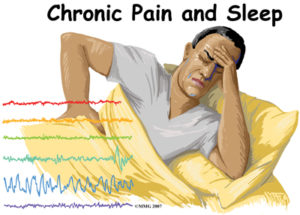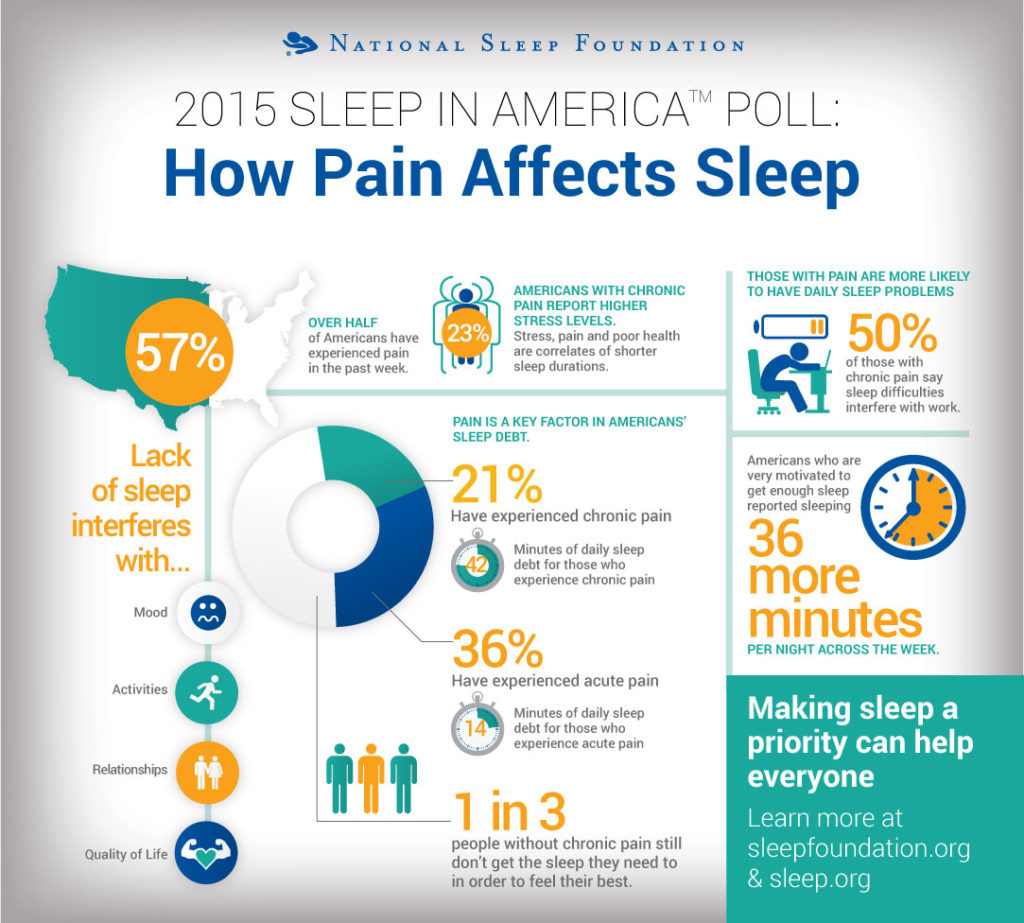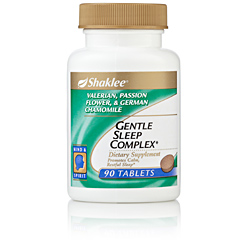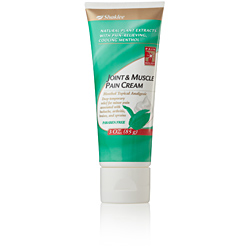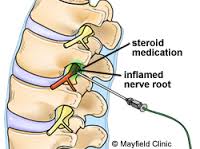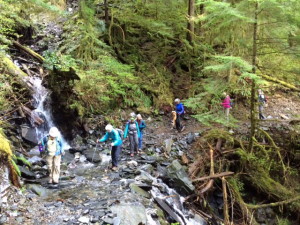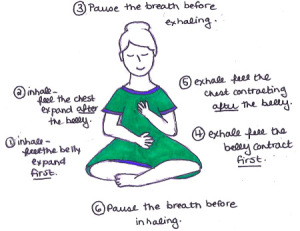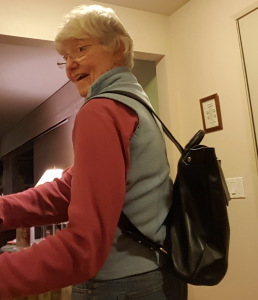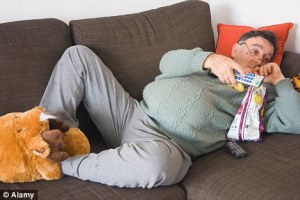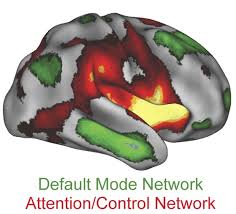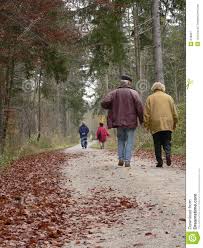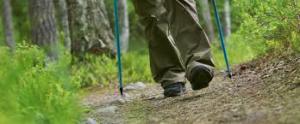Protein: why do you need it? What is it?
Gentle Reader,
A good friend has a wound that isn’t healing. My guess without doing clinic analysis is that she isn’t getting enough protein. The first thing I learned when studying nutrition’s role in our health is that we need three things: vitamins, minerals and protein. We need to eat foods that provide these nutrients.
My friend agreed to eat some protein. “I’ll boil an egg right now,” she promised. “Do you know that an egg has 6 grams of protein?” I asked. You need a gram of protein for every 2 pounds of weight. So if you weigh 140, you need 70 grams of protein every day.
Many foods contain protein but the best sources are beef, poultry, fish, eggs, dairy
products, nuts, seeds, and legumes – black beans and lentils. Protein builds, maintains, and replaces the tissues in your body, the stuff your body’s made up of. Your muscles, your organs, and your immune system are made up mostly of protein. Your body uses the protein you eat to make lots of specialized protein molecules that have specific jobs. For instance, your body uses protein to make hemoglobin, the part of red blood cells that carries oxygen to every part of your body. Other proteins are used to build your heart. Protein is doing constant work like moving your legs, carrying oxygen to your body, and protecting you from disease.
When you eat foods that contain protein, the digestive juices in your stomach and intestine go to work. They break down the protein in food into amino acids. The amino acids then can be reused to make the proteins your body needs to maintain muscles, bones, blood, and body organs.
Proteins are sometimes described as long necklaces with differently shaped beads. Each bead is a small amino acid. These amino acids can join together to make thousands of different proteins. Scientists have found many different amino acids in protein, but 22 of them are very important to human health.
Of those 22 amino acids, your body can make 13 of them without you ever thinking about it. Your body can’t make the other nine amino acids, but you can get them by eating protein-rich foods. They are called essential amino acids because it’s essential that you get them from the foods you eat.
Protein from animal sources, such as meat and milk, is called complete, because it contains all nine of the essential amino acids. Most vegetable protein is considered incomplete because it lacks one or more of the essential amino acids. This can be a concern for someone who doesn’t eat meat or milk products. Combining foods gives the body the essentials.
For instance, you can’t get all the amino acids you need from peanuts alone, but if you have peanut butter on whole-grain bread, you’re set. Likewise, red beans won’t give you everything you need, but red beans and rice will do the trick. As long as you have a variety of protein sources throughout the day, your body will grab what it needs from each meal.
How Much Is Enough?
A 140-pound adult should have about 70 grams of protein every day. Here’s an example of how:
* 2 tablespoons peanut butter (7 grams protein)
* 1 ounce or two domino-size pieces of cheddar cheese (7 grams protein)
* 5 ounces chicken breast (52.5 grams protein)
* ½ cup broccoli (2 grams protein)
Avoiding protein that comes with fat.
If you are trying to eat more meat-free meals, it’s easy to get enough protein without eating animals, but the doubters worry: Are these meat-free proteins complete?
We have to eat the essential amino acids (because we can’t make them ourselves) in roughly equal amounts. It takes serious work to figure out protein source combinations to get the right completeness. I tried a non-meat diet after cancer and became dangerously anemic. A diet of eggs, cheese and pasta won’t do it.
Quinoa Protein: 8 grams per 1 cup. Full of fiber, iron, magnesium, and manganese, quinoa is a terrific substitute for rice and it’s versatile enough to make muffins, fritters, cookies, and breakfast casseroles.
Buckwheat Protein: 6 grams per 1 cup serving, cooked. Japanese have turned the plant into soba noodles. Other cultures eat the seeds by either grinding them into flour (making a great base for gluten-free pancakes!) or cooking the hulled kernels, or groats. Buckwheat may improve circulation, lower blood cholesterol and control blood glucose levels.
Soy Protein: 10 grams per ½ cup serving (firm tofu), 15 grams per ½ cup serving (tempeh), 15 grams per ½ cup serving (natto) 16 grams per serving in Shaklee’s Instant Protein Drink Mix.
While beans are normally low in the amino acid methionine, soy is a complete protein and thoroughly deserves its status as the go-to substitute for the meat-free. Controversy surrounds the soy bean mostly because it is one of the most genetically modified foods and processing reduces its protein content. Personally I rely on soy protein for most of my protein source, but only Shaklee’s soy protein. I know Shaklee controls the soy it uses from the seed, through the growing and harvesting process and the processing into powder without high heat and without alcohol. The amino acids are intact and active in the final product. Shaklee Instant Soy Protein Drink Mix (Non GMO) has no carbohydrates and can be used in baking, salad dressings, to mix in water to make Soy Milk and to add to smoothies.

Quorn Protein: 13 grams per ½ cup serving. Originally developed to combat global food shortages, mycoprotein is sold under the name “Quorn” and is made by growing a certain kind of fungus in vats and turning it into meat substitutes that are packed with complete protein. Quorn is not technically vegan-friendly.
Rice and Bean Protein: 7 grams per 1 cup serving. One of the simplest, cheapest, and vegan-est meals in existence is also one of the best sources of protein around. Most beans are low in methionine and high in lysine, while rice is low in lysine and high in methionine. Put ’em together, and whaddaya got? Protein content on par with that of meat. Our friends south of the border have been eating healthily for generations on rice and beans.
Ezekiel Bread Protein: 8 grams per 2 slice serving. An extraordinarily nutritious loaf that contains all of the essential amino acids and is highly digestible.
Hummus and Pita Protein: 7 grams per 1 whole-wheat pita and 2 tablespoons of hummus. The protein in wheat is pretty similar to that of rice, in that it’s only deficient in lysine. But chickpeas have plenty of lysine, giving us all the more reason to tuck into that Middle Eastern staple: hummus and pita.
Peanut Butter Sandwich Protein: 15 grams per 2-slice sandwich with 2 tablespoons of peanut butter. See how easy this is? Every time legumes like beans, lentils, and peanuts are combined with grains like wheat, rice, and corn, a complete protein is born. Peanut butter on whole wheat is an easy snack that, while pretty high in calories, provides a heaping dose of all the essential amino acids and plenty of healthy fats to boot.
Here’s the link to the article about these plant based protein sources plus recipes.
I haven’t experimented with many of the suggestions I have offered for non-meat protein because I have relied on Shaklee’s soy protein products for the past 35 years. Their snack bars, meal bars, chips, powders for meal replacement drinks have served me well, helping me heal from injury, recover from exercise, stabilize my blood sugar and increase my energy. I trust the source of Shaklee’s soy and the processing established by Dr. Shaklee so that no high heat or degrading alcohol would alter the value of soy protein. Babies have thrived on Shaklee’s soy products, people on liquid diets have been healthily nourished for nearly 60 years. I highly recommend Shaklee’s plant based protein.
Plant based proteins stabilize blood sugar and give you a satiated feeling. Remember: manufactured foods often contain added sugars to make them tasty while reducing fat. Shaklee products are the only prepared foods I consume (occasional canned chili, beans, soups-always from providers of organic products.) You spend more, but your health is worth it. The fall back, rice and beans, is one of the most low cost proteins you can eat. Buy organic and flourish.
Questions? Comments? I’d love to hear from you on the subject of protein.
Be Well, Do Well and Keep Moving!
Betsy
www.GrandmaBetsyBell.com/be-well/ for posts about health and arthritis management
www.EmpoweredGrandma.com for posts about travel including a 4 part series on Israel and Jordan, January 2016

